Increasing adult-born neurons protects mice from epilepsy
- PMID: 39446467
- PMCID: PMC11501206
- DOI: 10.7554/eLife.90893
Increasing adult-born neurons protects mice from epilepsy
Abstract
Neurogenesis occurs in the adult brain in the hippocampal dentate gyrus, an area that contains neurons which are vulnerable to insults and injury, such as severe seizures. Previous studies showed that increasing adult neurogenesis reduced neuronal damage after these seizures. Because the damage typically is followed by chronic life-long seizures (epilepsy), we asked if increasing adult-born neurons would prevent epilepsy. Adult-born neurons were selectively increased by deleting the pro-apoptotic gene Bax from Nestin-expressing progenitors. Tamoxifen was administered at 6 weeks of age to conditionally delete Bax in Nestin-CreERT2Baxfl/fl mice. Six weeks after tamoxifen administration, severe seizures (status epilepticus; SE) were induced by injection of the convulsant pilocarpine. After mice developed epilepsy, seizure frequency was quantified for 3 weeks. Mice with increased adult-born neurons exhibited fewer chronic seizures. Postictal depression was reduced also. These results were primarily in female mice, possibly because they were more affected by Bax deletion than males, consistent with sex differences in Bax. The female mice with enhanced adult-born neurons also showed less neuronal loss of hilar mossy cells and hilar somatostatin-expressing neurons than wild-type females or males, which is notable because loss of these two hilar cell types is implicated in epileptogenesis. The results suggest that selective Bax deletion to increase adult-born neurons can reduce experimental epilepsy, and the effect shows a striking sex difference. The results are surprising in light of past studies showing that suppressing adult-born neurons can also reduce chronic seizures.
Keywords: BAX; dentate gyrus; hippocampus; mouse; neurogenesis; neuroscience; seizure; sex differences.
© 2023, Jain et al.
Conflict of interest statement
SJ, JL, KG, JB, MK, CC No competing interests declared, HS Reviewing editor, eLife
Figures

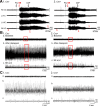



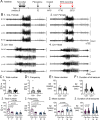


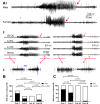
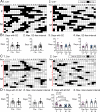
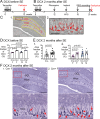
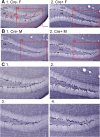




Update of
-
Increasing adult-born neurons protects mice from epilepsy.bioRxiv [Preprint]. 2024 Sep 11:2023.07.08.548217. doi: 10.1101/2023.07.08.548217. bioRxiv. 2024. Update in: Elife. 2024 Oct 24;12:RP90893. doi: 10.7554/eLife.90893. PMID: 37502909 Free PMC article. Updated. Preprint.
References
MeSH terms
Substances
Grants and funding
LinkOut - more resources
Full Text Sources
Medical
Research Materials
Miscellaneous

